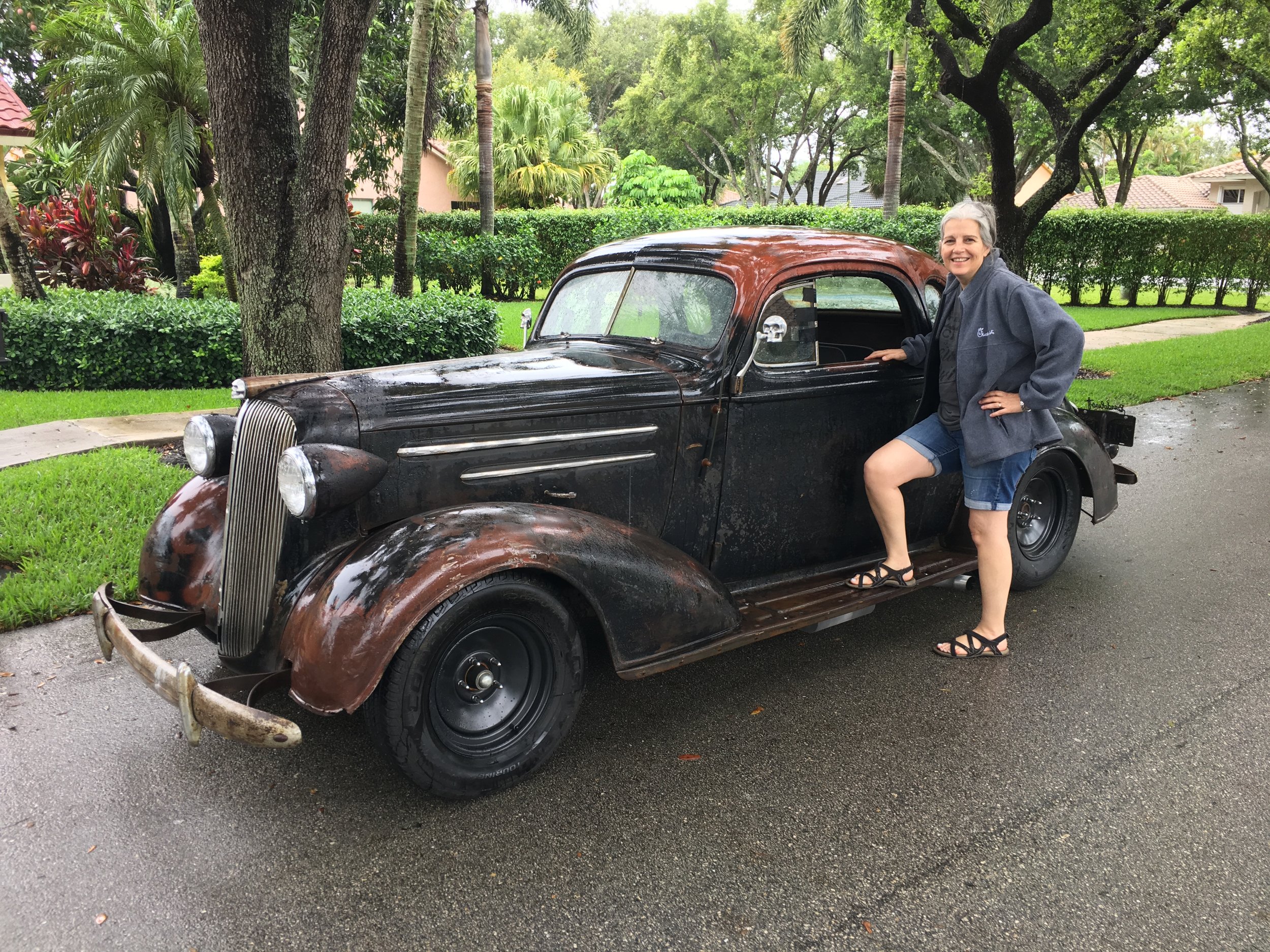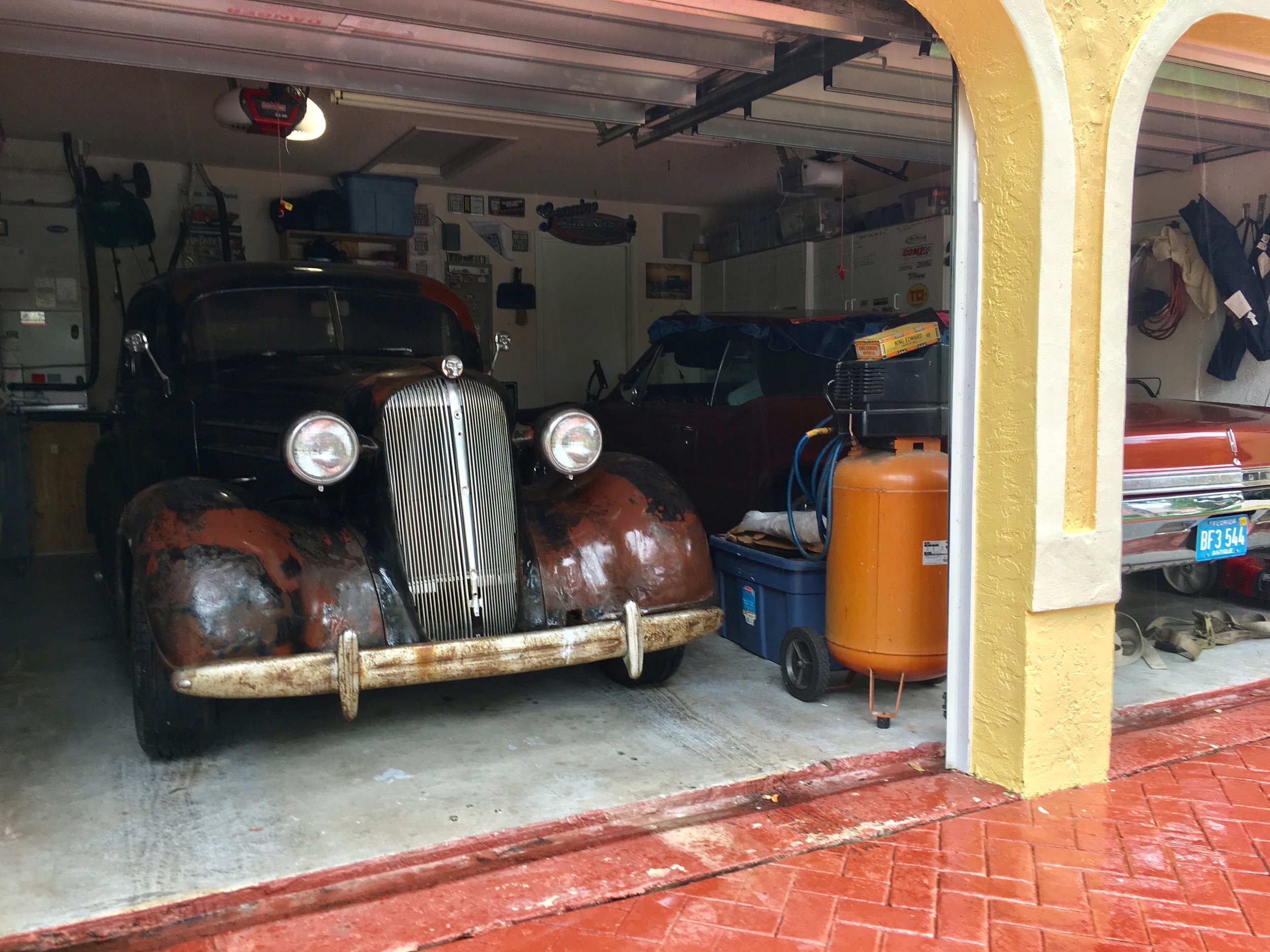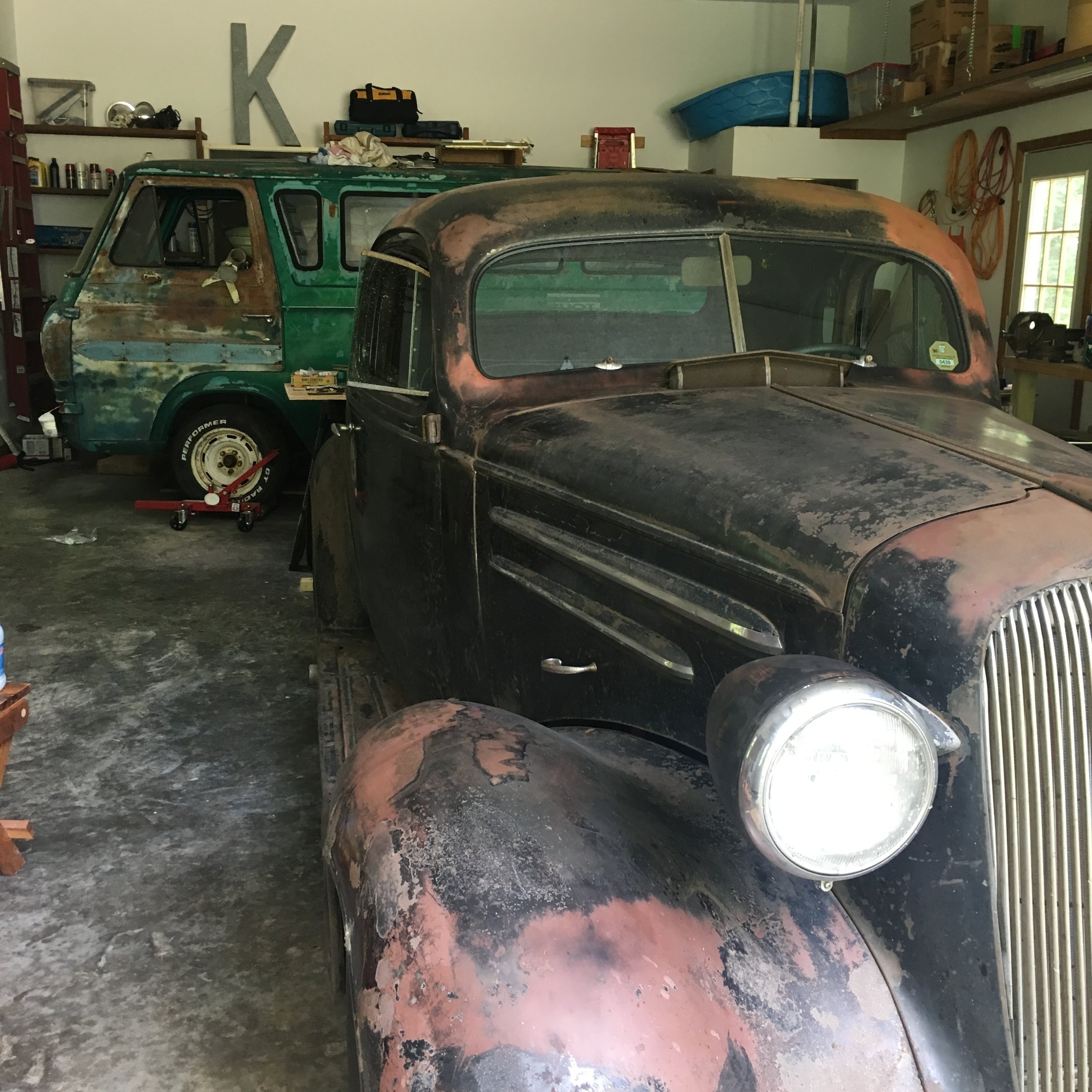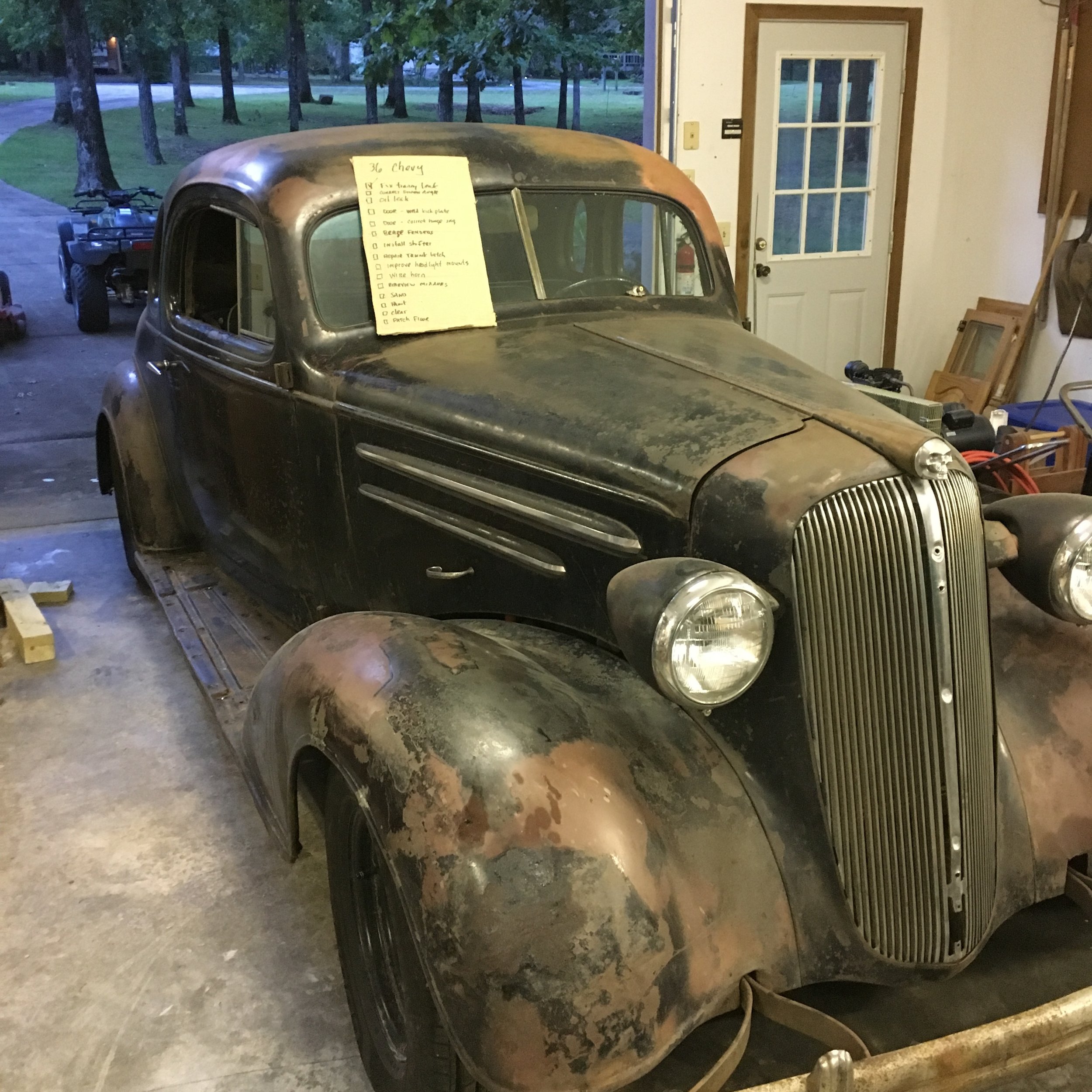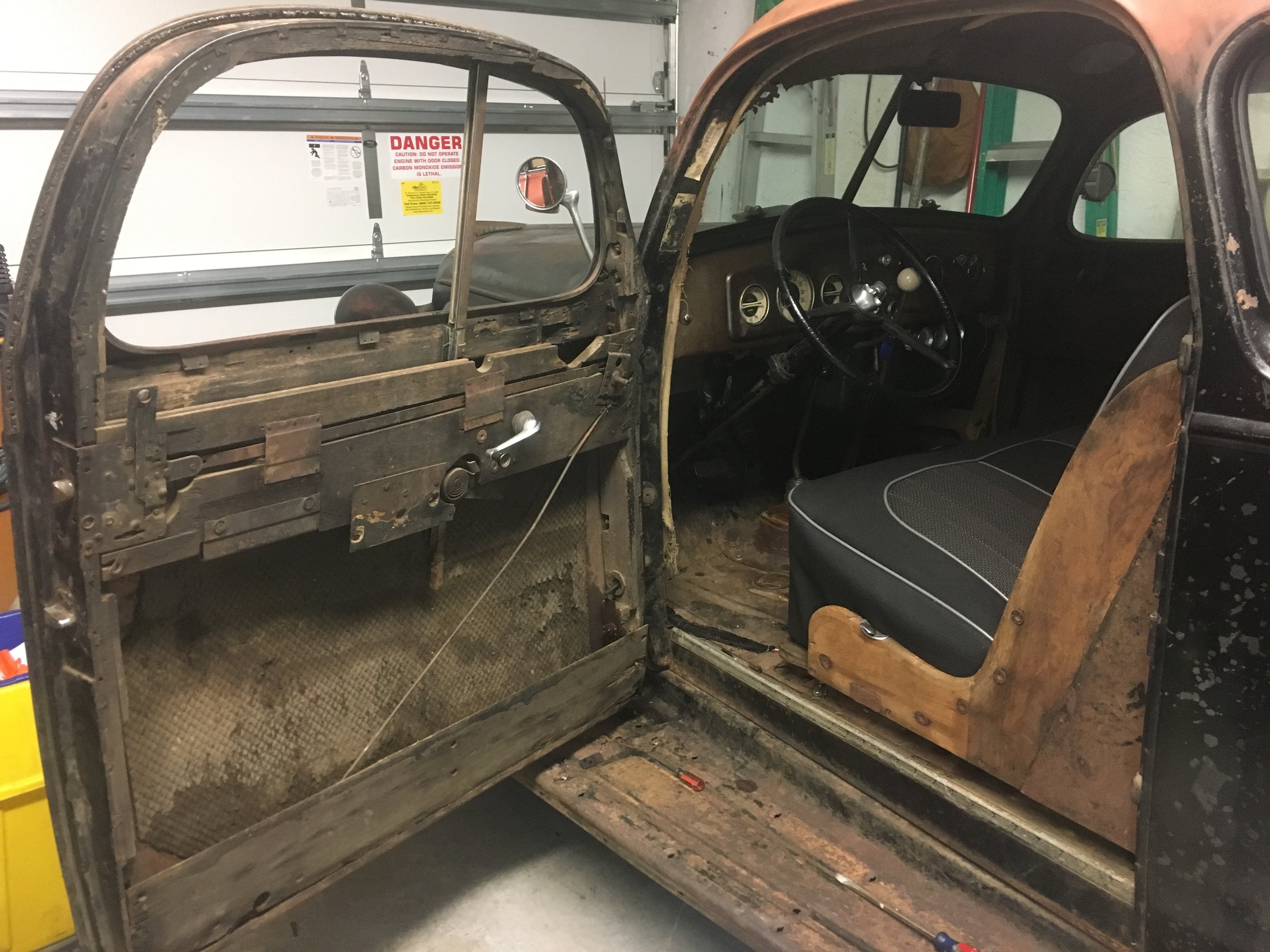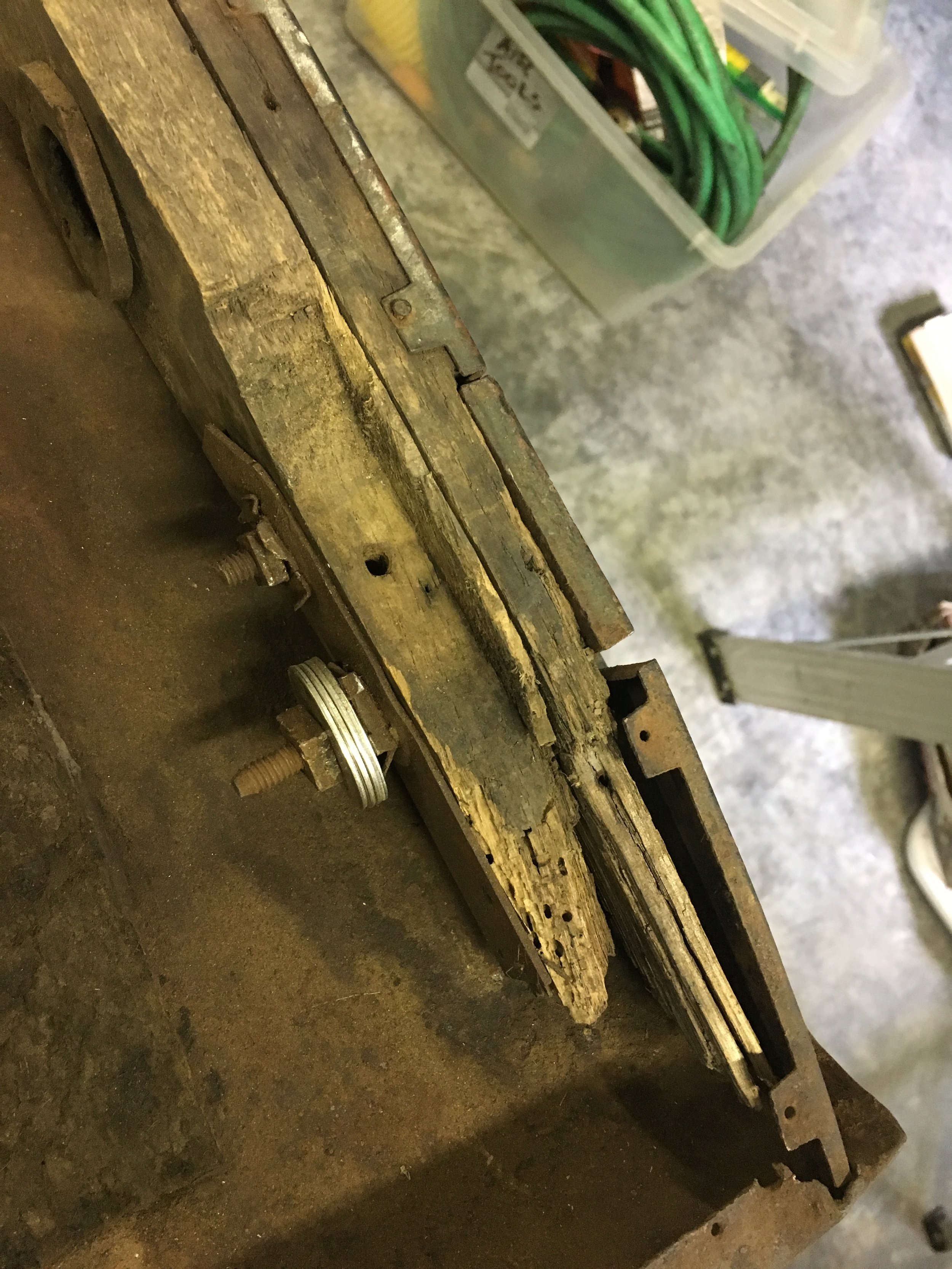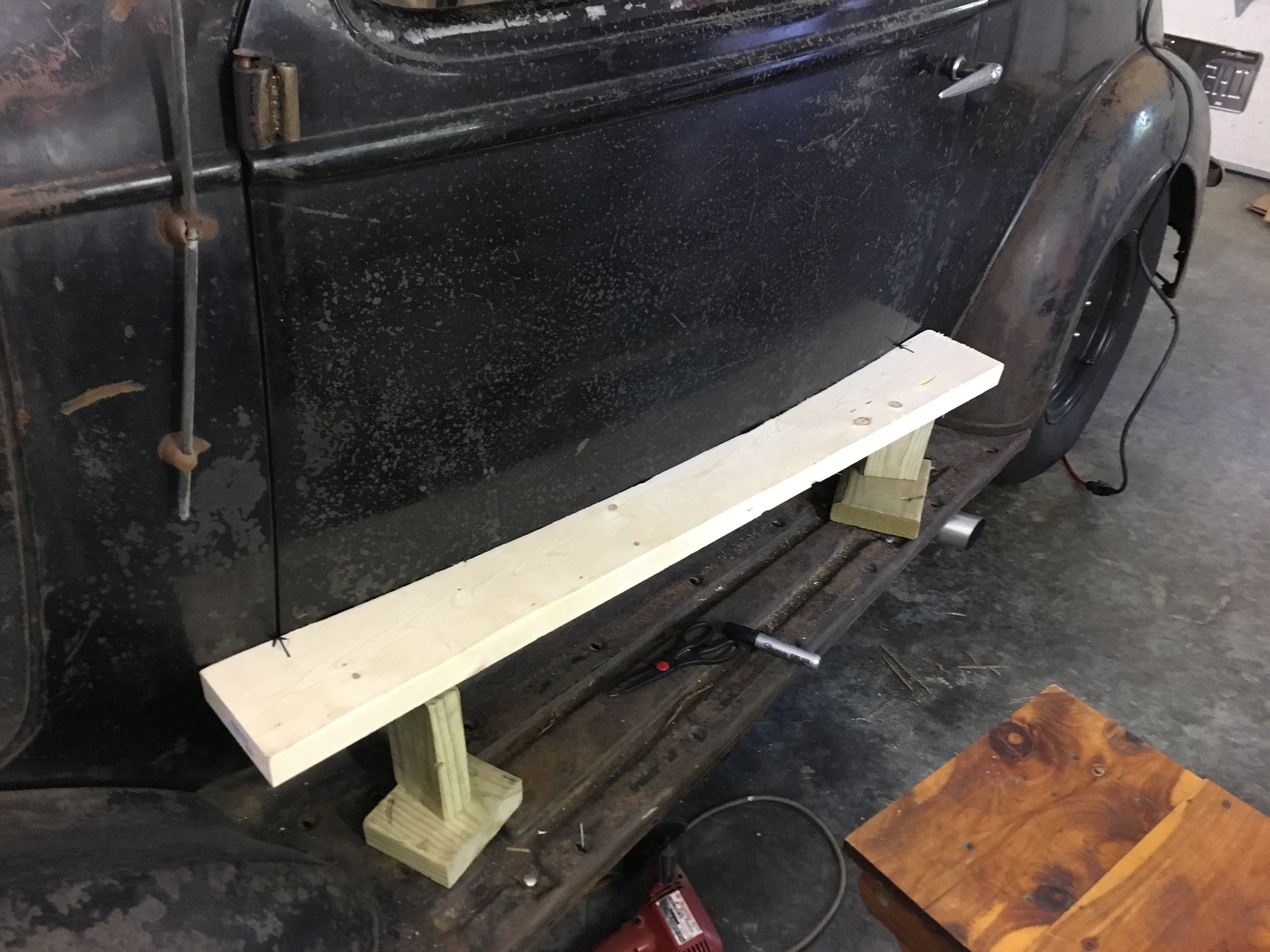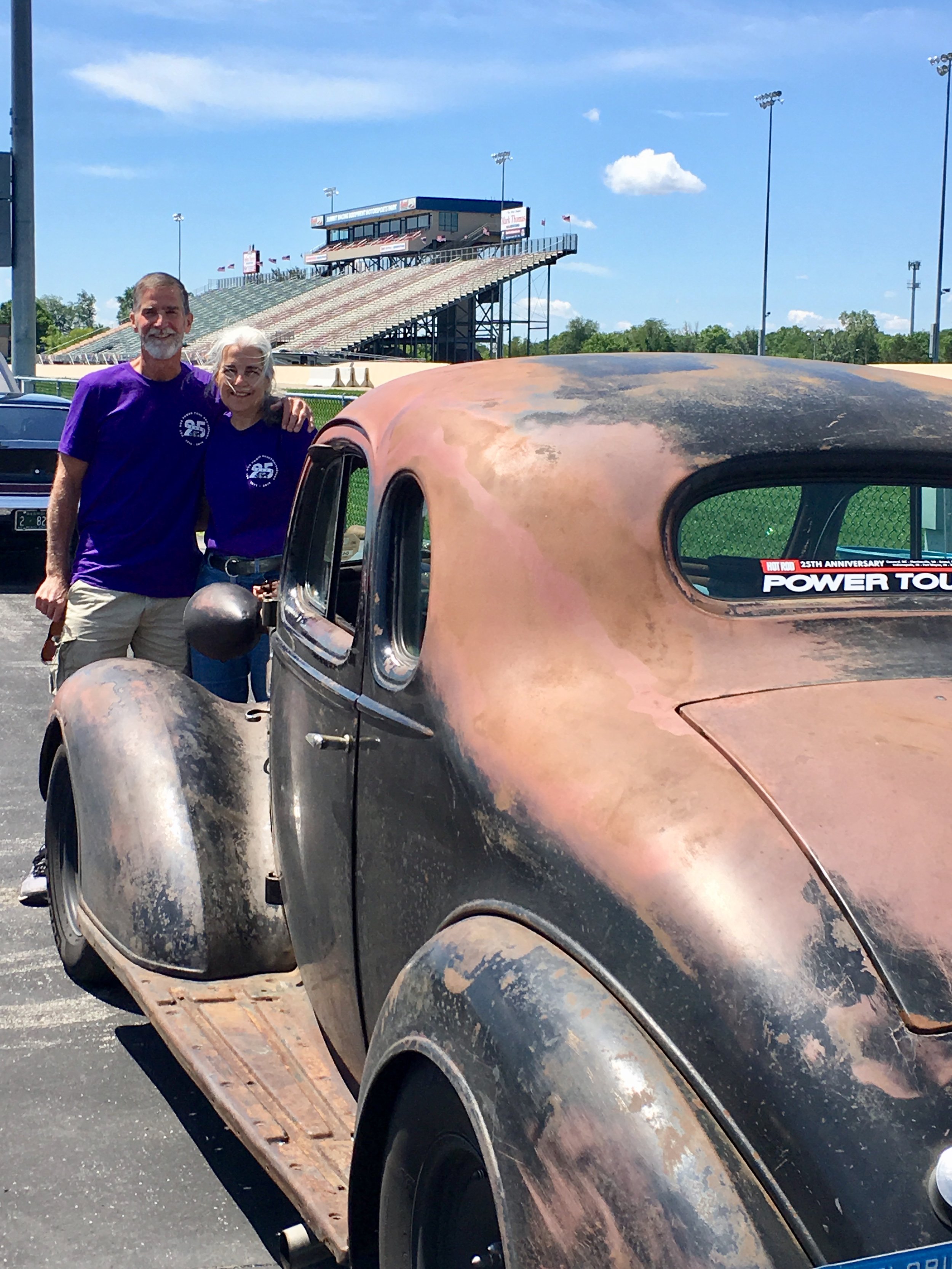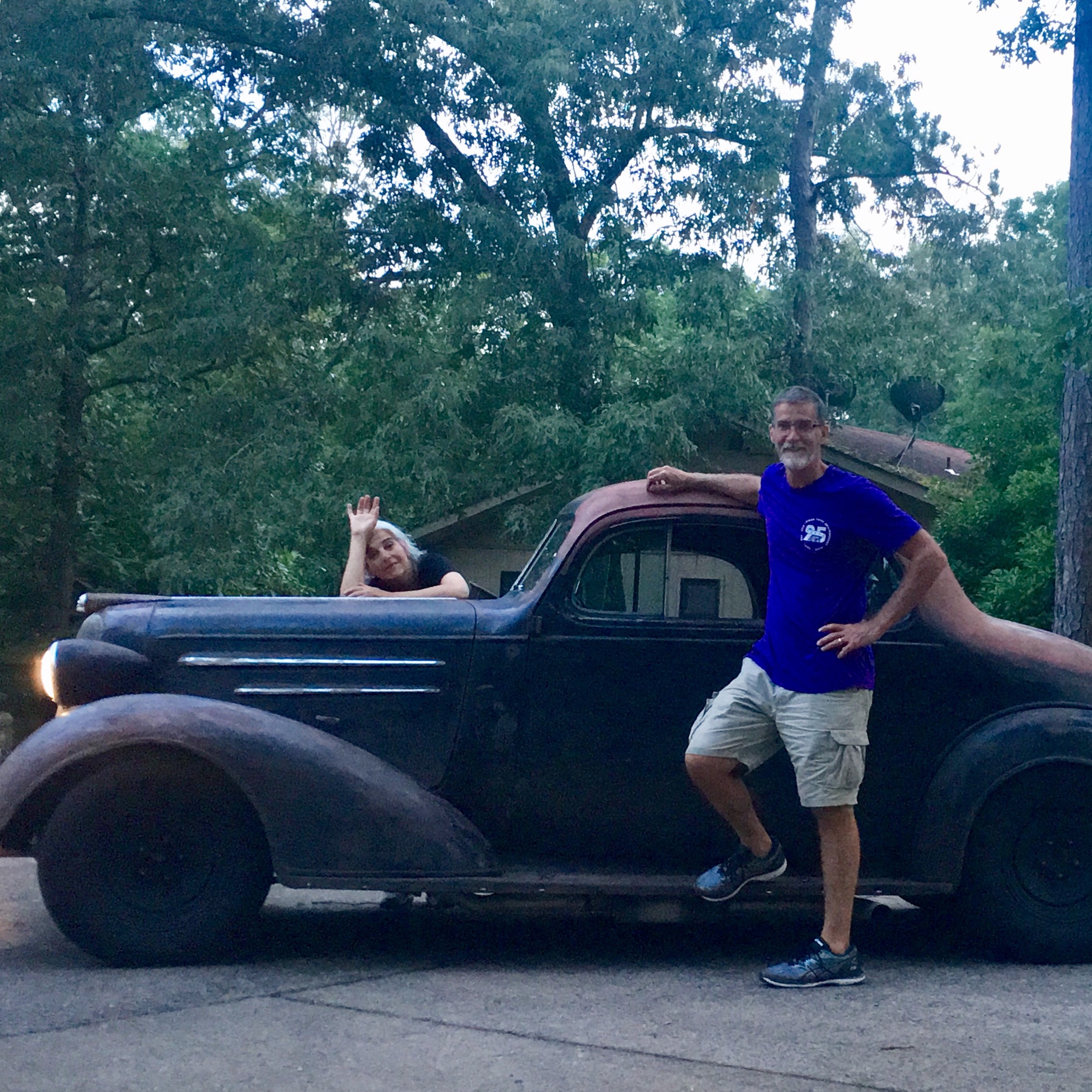“From the fruit of his mouth a man is satisfied with good,
and the work of a man’s hand comes back to him.”
Saturday night, just before sundown, Shannan and I arrived back to our place in Arkansas. For my part it was with a skip in my step, a sigh of relief, and gratitude in my heart to God. We had just traveled 2956 miles across Arkansas, Tennessee, North Carolina, Virginia, Kentucky, and Ohio and then trekked back to the Natural State, completing the entire jaunt in our 1936 Chevrolet (aka The Octogenarian).
If you wonder what would possess someone to do that . . . it is the Hot Rod Power Tour. If that doesn’t make sense, don’t worry. I get that. But to those of us who love driving back roads, cruising small town America, and enjoying a daily car show with upwards of 5,000 fellow car enthusiasts, it’s a dream vacation. As Hot Rod puts it:
For a week, thousands of cars from across the country assembled and took part in a parade that spanned 7 cities, 5 racetracks, and countless small towns on the backroads of America. This giant cruise is celebration of the automobile, the technology surrounding it, and the car enthusiast community and is unlike anything else in the world.
For me the trip was also, to a large extent, the working out of Proverbs 12:14 on an an automotive scale. Let me explain.
We found the 1936 Chevrolet in North Carolina a couple of years back, bought it last year, and brought home to Boca (thanks to a friend who let us use his truck and trailer).
I dreamed of taking this aging beauty on the Tour, but it would not be easy. Despite four-wheel disc brakes, a relatively modern engine (1995 Fleetwood Cadillac 350), and rack and pinion steering, there were many things the Chevy did not have:
Glass
Wiper blades
Seat belts
Reverse lockout (that’s so you can’t put your car in reverse while driving down the highway)
Spare tire
Speedometer
Turn signals
Creature comforts (AC, cup holders, radio, Bluetooth)
Most of all, I am sure it had never seen roads outside of the great state of North Carolina. Harley, the friend who sold us the car, pulled it out of a barn (we have the pictures to prove it).
The Octogenarian was a homebody.
Progress was slow. Not slow and steady, just slow. I worked on the Chevy a litte here and a little there. But when Spanish River Church graciously provided a sabbatical, we decided to haul the Octogenarian to Arkansas. For the second time in a year the car became a trailer queen.
Once safely tucked into my shop, I mapped out a plan and began to work with renewed determination. The sign on the windshield was my punch list of things to do. It was long and I had a longer one on paper. Near the top of my list was “Correct hinge sag.”
1936 was the last year Chevrolet used wood in their cars. The doors are actually wood, skinned in metal. Years of water had brought on a lot of rot. The door sagged on it’s hinges so badly the only way to close it was to lift it up by the door handle — from the outside of the car — slam it shut, then run around and climb in from the passenger side. Needless to say, that would not work for a 3,000 mile trip.
Correcting that “one little item” on my punch list would not be easy. The door had to come off, old wood pulled out (deforestation), templates made, new wood cut (I used red oak), shaped, fitted, and installed. In addition I would have to add steel reinforcements, which was an entirely differed fabrication journey (finding steel, cutting, bending, fitting, welding). Then the door fitted, refined, and refitted again and again till corrected.
But . . . before performing surgery on the sagging door, I would first have to make bucks to help the door keep its shape during the work. And that was its own “piece of work.”
After one particularly arduous day, I shared this on our family text thread:
Today I used my vice, grinding wheel, tape measure, pencil, marker, oak, table saw, multipurpose tool, drill, impact drill, Skilsaw, sawzall, screwdriver, sanding disc, palm sander, square, four different hammers, multiple drill bits, compressor, plain, shop light, three extension cords, 1/8 inch metal, 20 gauge sheet steel, wire brush, tape measure, cardboard for template, poster board to refine the template, dimple die tool, 1/2 and 3/4 socket and ratchet, and a couple of smaller wrenches.
All that just to create the bucks that would enable me to repair the door without it losing its shape. Next came the actual work (a story in itself) that paid off when the door — refitted for the umteenth time — opened and closed with a “not-perfect-but-not-too-bad” degree of alignment.
When I checked that item off my list, I broke out in a happy dance. Then I had one of those AHA! moments realizing just how much unseen work we all do, which is why we can appreciate the words of Solomon when he said:
“The heart knows its own bitterness,
and no stranger shares its joy.”
So that smile on my face is part of the ricochet of joy that came my way, complements of a lot of hard work.
Of course, when Solomon penned the words of Proverbs 12:14, “From the fruit of his mouth a man is satisfied with good, and the work of a man's hand comes back to him” he didn’t have automobiles on his mind. But as the Cambridge Bible commentary notes, “the point of the proverb is, that his speech and action have their consequences for a man himself, as well as for his neighbor.”
Your speech and actions have consequences. The unseen work of your life — the encouraging, the praying, the helping, the giving, the sharing, the loving — it all comes back to you. This is not a blind “What goes around comes around.” This is the promise of a God who sees and rewards with a joy greater than the work that brought it.
There are days when efforts seem unrewarded. No worries. Press on. In time you will enjoy the sweet satisfaction of your hard work.



